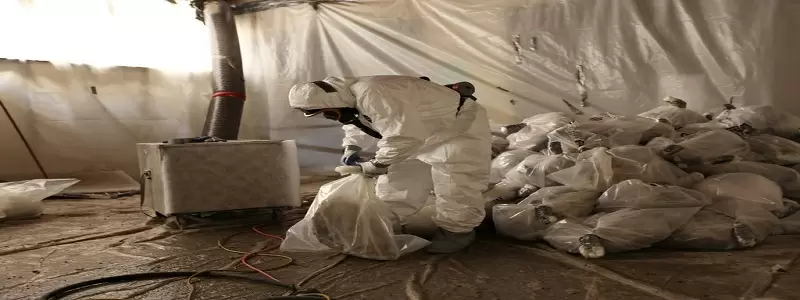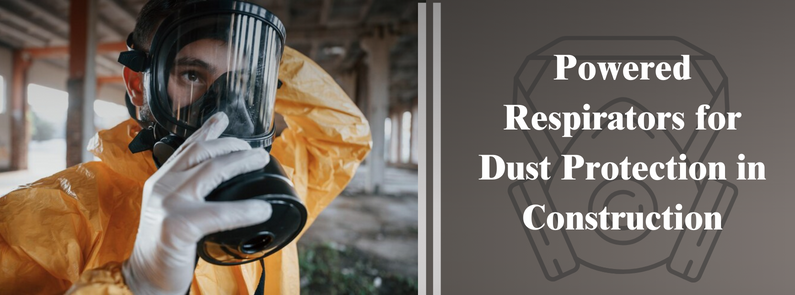
Hailed as the ‘miracle mineral’, asbestos was used extensively for decades in construction material, commercial products, automotive parts and more due to its durability, flexibility, exceptional tensile strength, resistance to heat/ chemicals and sound absorbent properties. Today, asbestos is dubbed a hazardous material that jeopardises health.
Though well maintained and tightly bound asbestos is harmless, inhalation of toxic fibres from deteriorating or fraying asbestos can cause lethal diseases. Fortunately, the mineral is no longer mined, processed or commercially used in developed countries like the UK, but it’s still present in old buildings and homes. To help avert exposure to the toxins, it’s important to understand the various types of asbestos, the health-related risks and the need for asbestos disposal bags for their safe removal.
Types of Asbestos:
There are six different types of asbestos that can be classified into the amphibole and serpentine mineral families. These include:
Chrysotile (White Asbestos):
The only member of the serpentine family, Chrysotile is characterised by crimped fibres and a bundled structure. Valued for its strength, flexibility versatility, and resistant properties, it was popularly used in building material, electric insulation, cement sheeting, roofing, fireproofing, pipes, vinyl tiles, and walls, etc. Manufacturers also utilised Chrysotile for making gaskets, brake pads, ducts, clutches, textiles, and appliances.
Amosite (Brown Asbestos):
Predominantly mined in South Africa, Amosite is typified by sharp needle-like fibres in brown, grey or dull white. Thanks to remarkable insulating, fire-retardant and reinforcing capabilities, it was widely incorporated into construction work, making pipes, ceiling tiles, cement and a variety of insulating materials. Amosite exposure reportedly poses a higher cancer risk.
Crocidolite (Blue Asbestos):
Crocidolite considered the most harmful of the asbestos group comprises thin razor-sharp fibers that are easy to inhale and ingest. Being relatively less resistant to heat the use of Crocidolite in commercial products was limited. It was used more for making cement, tiles and insulation stuff.
Tremolite, Actinolite, and Anthophyllite:
These three are minor types of asbestos. Though never been sold commercially, they are often found as contaminants in other asbestos products. You can come across Tremolite fibres in paints, sealants, talc, and woven cloth. The lightweight Actinolite was integrated into insulation materials and fire-proofing while Anthophyllite fibres are usually found in composite flooring, talcum powder and items containing vermiculite.
Asbestos Related Diseases:
All forms of asbestos are harmful to humans, but the danger increases significantly when the mineral is inhaled over a longer period. The risk is pretty negligible for the general public and homeowners. Plumbers, miners, construction and factory workers, on the other hand, are more susceptible to developing asbestos-related diseases due to occupational overexposure. They must take precautionary measures, and wear protective clothing, dust masks, respirators and more at the workplace to mitigate the potential threat.
Asbestos Related Diseases:
Prolonged inhalation of asbestos can trigger all sorts of diseases. While some issues are mild and treatable there are others that can be lethal.
Mesothelioma:
This is aggressive cancer that is caused by inhaling asbestos dust. A tumour forms in the pleura, the thin membrane of the abdominal cavity that protects vital organs in the chest and abdomen. Diagnosis of the mesothelioma is generally at the advanced stage as the symptoms surface 30-40 years after the first asbestos exposure. The condition is generally fatal.
Asbestosis:
Asbestosis is a chronic respiratory disease that affects the lungs. A scar-like tissue forms on the lung linings which decreases the organ’s elasticity and impairs its function. Symptoms include shortness of breath, chest pain, persistent cough, and bluish skin discolouration. Asbestosis is not malignant but it can lead to cardiac problems and the development of mesothelioma over time.
Lung Cancer:
Exposure to asbestos particles escalates the risk of developing lung cancer. The danger is more pronounced in smokers and those with lung problems. The malignancy can spreads to other parts of the body if not treated timely. Common symptoms include persistent cough, wheezing, difficulty in swallowing, fatigue, chest pain, coughing up blood, and weight loss to name a few.
Asbestos fibers can also cause pleural effusions, pleural plaques, pleurisy, pulmonary fibrosis, COPD, colon and laryngeal cancer, and some types of lymphoma.
Bottom Line:
It must be noted that the microscopic asbestos fibres cannot be detected by the naked eye, smell or colour. If you suspect the presence of asbestos in your home during the renovation, remodelling or demolishment it’s imperative to engage the services of professionals. Armed with appropriate clothing, the right equipment and protective gear like ffp3 masks, they have the experience and expertise to handle and safely discard the crumbling mineral at an approved site.





